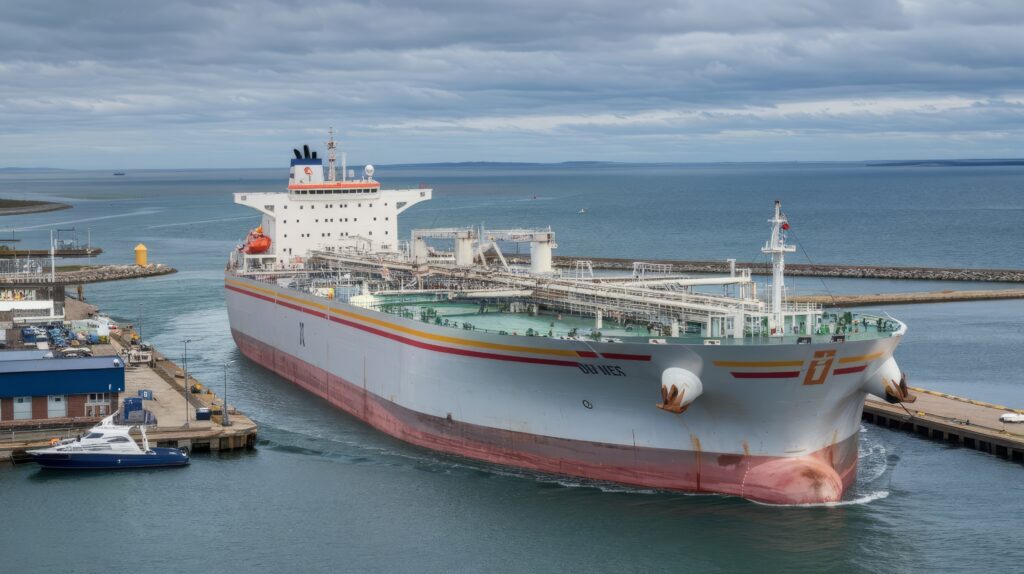In June 2022, the country faced a supply crisis of 100LL aviation fuel, from which we have not yet fully recovered. This fuel is used by piston-engine aircraft, which are mostly small and belong to the general aviation sector but carry out vital operations for strategic areas of national aviation. ADAG conducted a survey of operators and aircraft owners, revealing that the most affected sectors were agriculture, flight training, tourism, and emergency services. We concluded with an analysis of the effectiveness of communication during the crisis, both from the government and the affected companies, and proposed the creation of a national emergency plan to address similar crises in the future.
The Importance of 100LL Fuel
100LL aviation fuel is primarily used by piston-engine aircraft and is regulated by the Ministry of Industry, Commerce, and MSMEs. Not all Dominican airports offer this type of fuel for sale. Some operators store their fuel outside airports, such as agricultural sprayers, who have special permits to keep this fuel off-airport premises.
On the afternoon of Wednesday, June 15, we learned from one of our flight instructors that 100LL fuel had run out at El Higüero International Airport (MDJB). That same afternoon, international alert NOTAM (Notice to Air Missions) number A0251-22 was issued, informing all crews of the unavailability of 100LL fuel for piston-engine aircraft. After contacting the general aviation liaison at the Airport Department, Ms. Ana Imbert, we learned that 600 gallons of fuel were being transferred from María Montes Airport in Barahona (MDBH) to El Higüero Airport (MDJB) in Santo Domingo, a transfer that would be carried out by land.
That same afternoon, the national press picked up on the situation, and several articles were published in different media outlets. One such article was from *Listín Diario*, titled *“The Country Runs Out of Fuel Used by Private Planes, Flight Schools, and Crop Dusting Aircraft.”* On Thursday, June 16, Mr. Luis López, spokesperson for the AERODOM group, confirmed the fuel supply crisis to CDN. As the day progressed, reports emerged of fuel rationing at other airports across the country, where sales were restricted to aircraft based at those airports. This made it even more difficult for crop dusting planes to access fuel, as they are usually based on private airstrips or farms throughout the country.
Impact on Agricultural and Aviation Sectors
Captain Joan Peralta, representative of the crop dusting pilots in the Cibao region, confirmed the precarious situation they would face without access to 100LL fuel. In our conversation, Mr. Peralta stated that they only had enough fuel for the next four days and that the second rice harvest of the year was set to begin the following week, requiring their crop-dusting services nationwide. He also informed us that the total weekly fuel demand for crop dusting companies in the Cibao region was approximately 3,600 gallons, highlighting that the 600 gallons emergency transfer to El Higüero was insufficient to even cover the agricultural sector’s needs.
Effect on Flight Training
In aviation training, it is crucial for students to maintain a consistent pace in their courses, particularly in-flight activities that develop aerial proficiency. During short training stoppages due to weather or other circumstances, instructors can substitute flight lessons with ground or simulator training, but these substitutions have limits. Eventually, students must return to actual flight training. Long-term crises that halt flight operations negatively impact both the education and costs for student pilots. This fuel shortage affected a total of four flight schools and dozens of independent instructors.
Impact on Tourism and Regional Connectivity
Small aircraft play a fundamental role in the development of tourism hubs in the Dominican Republic. The growth of Puerto Plata, Samaná, and Punta Cana was closely linked to the air connectivity provided by what were once small airports serving this type of aircraft. Today, we see the same pattern in the province of Pedernales and its Cabo Rojo Airport. While reaching this area takes approximately five hours by land, it takes only about an hour by air. The lack of 100LL fuel nearly halted all air traffic to this province, as well as to domestic airports in Monte Cristi, Constanza, and the grass airstrip in Dajabón.
Ironically, this crisis coincided with Dominican authorities launching an international campaign to promote general aviation, which included the presentation of the *Protocol for Non-Commercial Private Aviation* and participation in various international aviation fairs.
General Aviation’s Role in Emergency Services
One of the most critical functions of general aviation in the Dominican Republic is emergency response. Small aircraft are essential for search, surveillance, location, and rescue operations, as well as for transporting patients and rescued individuals. These operations require extensive airborne search time, leading to high fuel consumption. The country relies on both fixed-wing and rotary-wing (helicopter) aircraft for such missions, all of which use 100LL fuel. These aircraft may be government-owned or privately operated and provide services throughout the nation.
Organizations such as the Dominican Army, Navy, and Air Force, as well as the Naval Auxiliaries and aeroclubs, depend on the same local fuel suppliers. The fuel shortage was a direct threat to national security, particularly as it hit El Higüero Airport, located in the capital city. This meant that small aircraft could not be used in emergency situations in Santo Domingo and its surrounding areas.
In recent years, general aviation has also played a crucial role in environmental protection. The country’s main aeroclubs and general aviation operators signed a cooperation agreement with the Environmental Protection Service (SENPA) of the Ministry of the Environment to establish a direct reporting channel for aerial sightings of environmental violations. Under this agreement, civilian pilots patrolling the country report such violations to SENPA authorities, thereby enhancing environmental monitoring and protection. Most of these reports come from small aircraft that use 100LL fuel.
Resolution and Future Considerations
After 15 days of a near standstill in general aviation nationwide, authorities finally received a shipment of 100LL fuel on June 29, ending the crisis and allowing operations to gradually return to normal.
Since then, our organization has advocated for the creation of a national emergency plan to address fuel shortages of this type, as well as the installation of self-service fueling stations at all airports nationwide to expand access and reduce costs.
To this day, neither of these proposals has been adopted in the country.





